Home > Blog > Printing Industry Safety: Flammable Storage Cabinet Requirements for Ink and Solvent Management
-
 Sarah
Hi there! Welcome to my shop. Let me know if you have any questions.
Sarah
Hi there! Welcome to my shop. Let me know if you have any questions.
Your message has exceeded the limit.

Printing Industry Safety: Flammable Storage Cabinet Requirements for Ink and Solvent Management
2025-11-06 13:56:47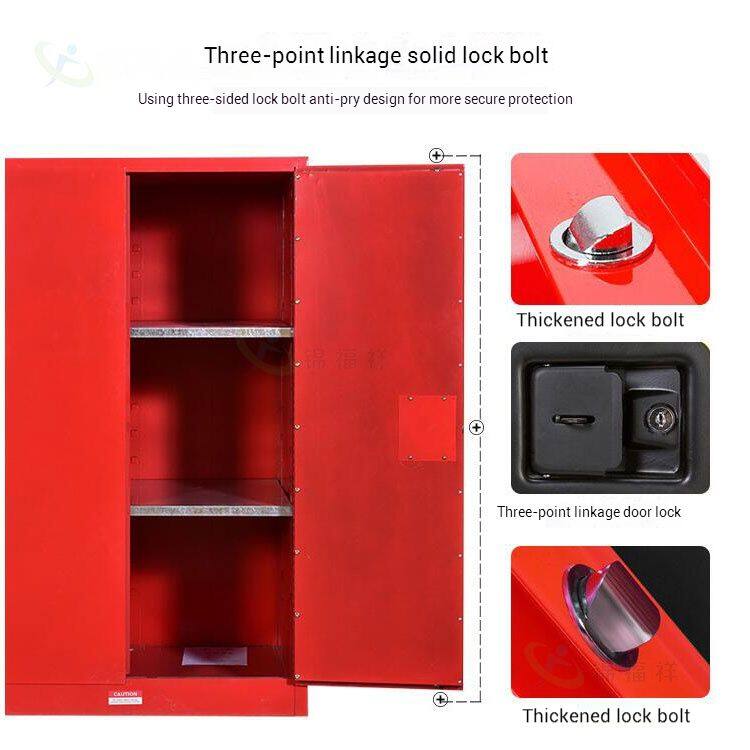
The printing industry handles numerous flammable materials including inks, solvents, cleaning agents, and press chemicals that require specialized storage solutions to ensure workplace safety and regulatory compliance. The implementation of appropriate flammable storage cabinets represents a critical safety measure that protects workers while supporting efficient printing operations. This comprehensive guide explores the specific requirements for flammable storage in printing facilities and how proper implementation can enhance both safety and operational efficiency.
Printing Industry Chemical Inventory
Printing operations utilize various flammable liquids including petroleum-based inks, alcohol-based solvents, cleaning agents, and fountain solutions. These chemicals are essential for various printing processes including offset printing, screen printing, and digital printing. The specific chemical inventory varies based on printing methods, substrates used, and customer requirements, making customized storage solutions necessary for each facility.
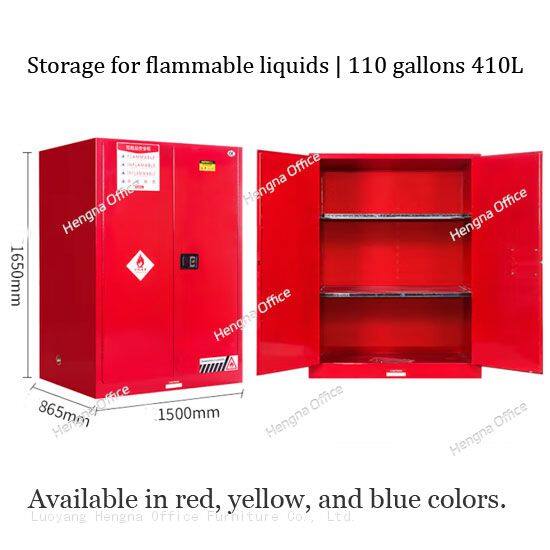
Chemical inventory management must consider both the quantities used daily and the safety stock required for continuous operation. Printing facilities typically maintain sufficient inventory to support production schedules while minimizing on-site storage quantities for safety. This inventory balance influences the size and number of storage cabinets needed and their placement within the facility.
OSHA and EPA Compliance for Printers
Printing facilities must comply with OSHA’s flammable liquid storage standards and EPA’s regulations for hazardous waste management. These regulations establish specific requirements for container types, storage quantities, and waste disposal procedures. Printing facilities must understand these various requirements to ensure their storage practices meet or exceed federal standards and avoid potential penalties.
Compliance considerations extend to state and local regulations that may have additional requirements for chemical storage and waste management. Printing facilities should work with regulatory compliance specialists to ensure their storage solutions meet all applicable requirements. Regular compliance audits and inspections help maintain ongoing compliance and identify potential issues before they become serious problems.
Ventilation Requirements for Printing Facilities
Printing operations often generate chemical vapors that require proper ventilation to maintain safe working conditions. Flammable storage cabinets should be integrated with the facility’s ventilation system to ensure adequate air exchange and vapor removal. Cabinet vents should be positioned to promote proper air circulation while preventing flame entry during fire incidents.
Ventilation considerations extend to the specific printing processes used and the types of chemicals stored. Some printing operations may require local exhaust ventilation systems that connect directly to cabinet vents, providing enhanced vapor removal and air quality control. The integration of cabinet ventilation with the facility’s overall ventilation strategy ensures comprehensive air quality management and worker protection.
Ink and Solvent Segregation
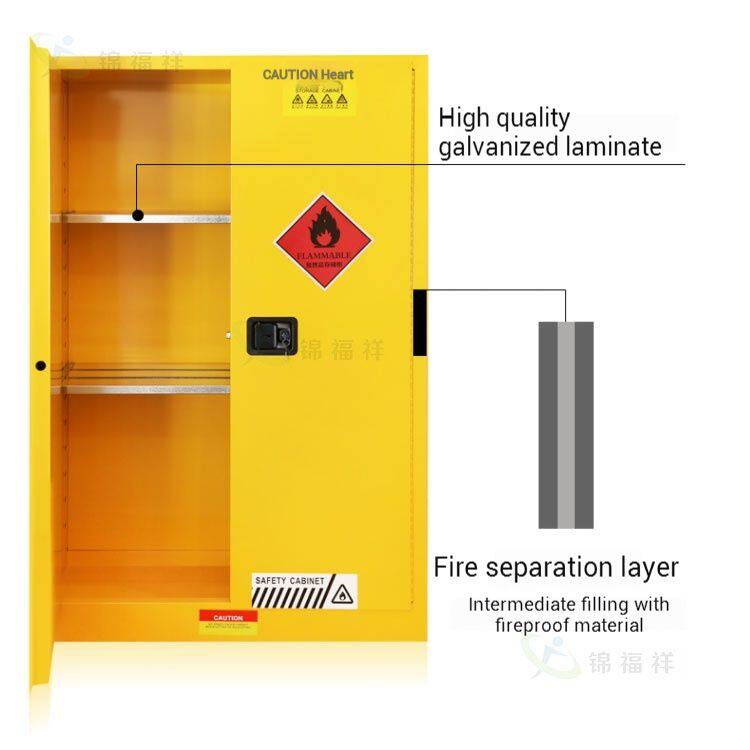
Different printing processes require various inks and solvents that may be incompatible with each other, requiring careful segregation and storage planning. Flammable storage cabinets should support proper chemical segregation based on compatibility charts and safety data sheets. Some printing chemicals may react with cabinet materials or other stored substances, requiring specialized storage solutions.
Segregation considerations extend to organizing chemicals by printing process or by chemical type. Some printing facilities organize cabinets by process (offset, screen printing, digital) while others organize by chemical family (solvents, inks, cleaners). The chosen organization method should support efficient workflow while maintaining safety protocols and preventing dangerous chemical interactions.
Integration with Production Workflows
Flammable storage cabinets should be positioned to support efficient printing workflows while maintaining safety protocols. Cabinet placement should consider the flow of materials from storage to printing presses, minimizing transport distances and potential exposure risks. Some printing facilities implement automated chemical delivery systems that connect directly to storage cabinets, reducing manual handling and exposure risks.
Workflow integration benefits extend to supporting various printing processes and production schedules. Storage systems should accommodate peak production periods when chemical usage increases, while maintaining safety standards. Some printing facilities implement inventory management systems that track chemical usage and automatically trigger reordering when levels reach predetermined thresholds, ensuring continuous production without compromising safety.
Waste Management and Spill Control
Printing operations generate hazardous waste including used solvents, contaminated rags, and empty chemical containers that require proper storage and disposal. Flammable storage cabinets should include designated areas for waste storage that comply with EPA regulations. Some facilities implement separate waste storage cabinets that are specifically designed for hazardous waste accumulation.
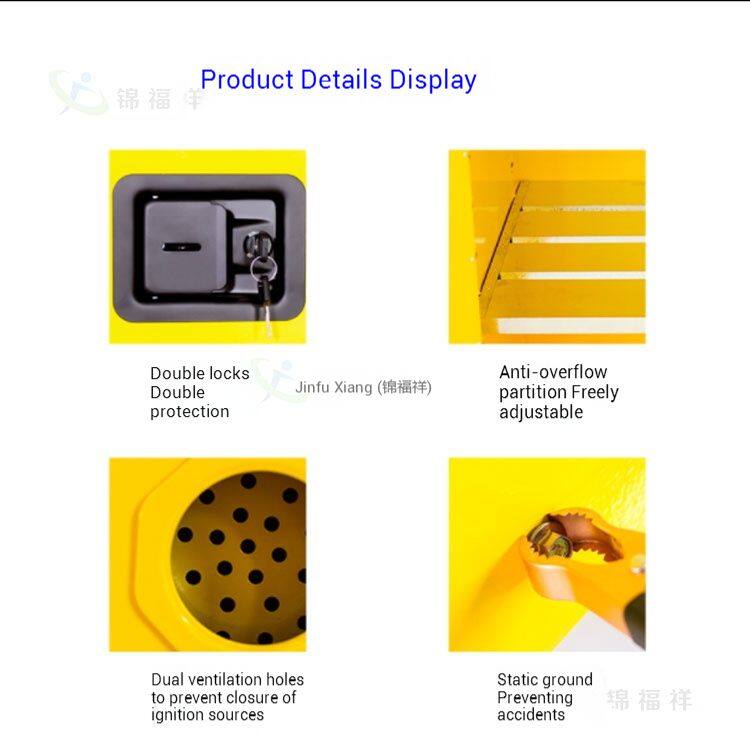
Waste management considerations extend to spill containment and cleanup procedures. Printing facilities should maintain spill response kits with appropriate absorbents, neutralizers, and personal protective equipment. Regular training on spill response procedures ensures that workers can respond quickly and effectively to accidental releases, minimizing environmental impact and ensuring regulatory compliance.
Employee Training and Safety Programs
Printing facility workers must receive comprehensive training on chemical safety, proper storage procedures, and emergency response. Training programs should cover the specific hazards associated with stored chemicals, proper cabinet operation procedures, and personal protective equipment requirements. Regular training updates ensure that workers remain current with best practices and regulatory requirements.
Safety program considerations extend to developing comprehensive chemical safety policies that address storage, handling, and emergency procedures. Some printing facilities implement behavior-based safety programs that encourage worker participation in safety improvement initiatives. The integration of storage cabinet safety procedures with overall safety programs creates a comprehensive approach to workplace safety.
Fire Prevention and Protection
Printing facilities face significant fire risks due to the presence of flammable liquids and ignition sources. Flammable storage cabinets should be integrated with the facility’s fire protection system, including fire extinguishers, sprinkler systems, and fire alarms. Cabinet placement should consider access for firefighting equipment and emergency responders. Some printing facilities implement automatic fire suppression systems that provide additional protection for storage areas.
Fire prevention considerations extend to controlling ignition sources in areas near flammable storage cabinets. Printing facilities should establish no-smoking policies, control static electricity, and ensure proper electrical grounding in storage areas. Some facilities implement spark-resistant tools and equipment in areas where flammable liquids are stored or handled, reducing the risk of accidental ignition.
Quality Control and Ink Management
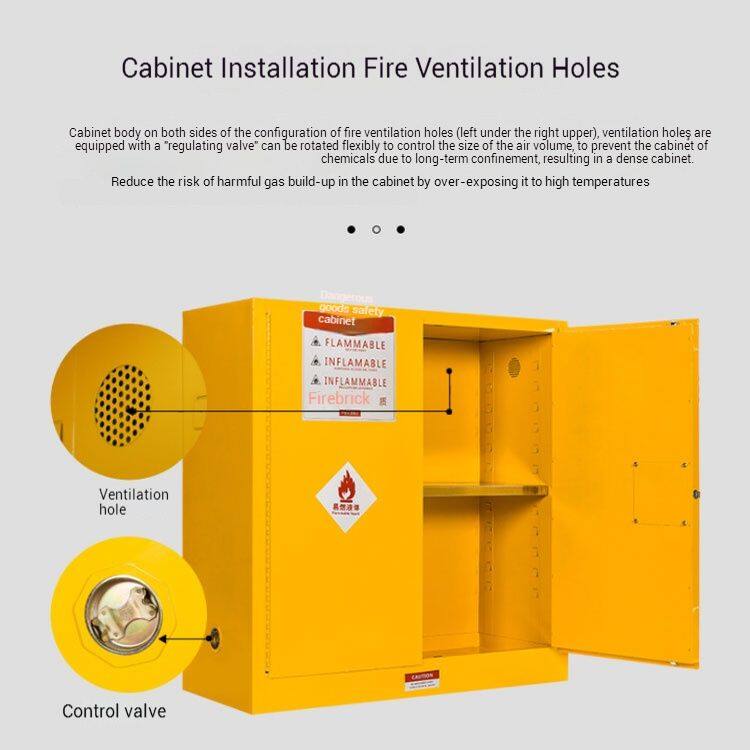
Printing operations require precise ink management to maintain print quality and consistency. Flammable storage cabinets should support quality control procedures by providing organized storage that prevents ink contamination and maintains chemical stability. Some printing facilities implement inventory rotation systems that ensure older inks are used first, preventing waste and maintaining quality.
Quality control benefits extend to supporting various printing processes and customer requirements. Different printing applications may require specific ink formulations or solvent combinations that must be stored separately. Organized storage systems enable printing facilities to maintain inventory of various ink types while preventing cross-contamination and ensuring consistent print quality.
Cost-Effectiveness and Operational Efficiency
While implementing proper flammable storage cabinets represents a significant investment, the long-term benefits include reduced insurance premiums, improved worker safety, and enhanced operational efficiency. Printing facilities should consider the total cost of ownership when selecting storage solutions, including maintenance requirements, durability, and potential for expansion.
Cost-effectiveness extends to supporting various business objectives including regulatory compliance, customer satisfaction, and competitive positioning. Proper chemical storage demonstrates commitment to safety and environmental responsibility, which can enhance company reputation and customer confidence. Some printing facilities report reduced chemical waste and improved inventory management after implementing organized storage systems, demonstrating significant financial benefits.

Tags: Printing Industry Safety, Flammable Storage Cabinet, Ink and Solvent Management

